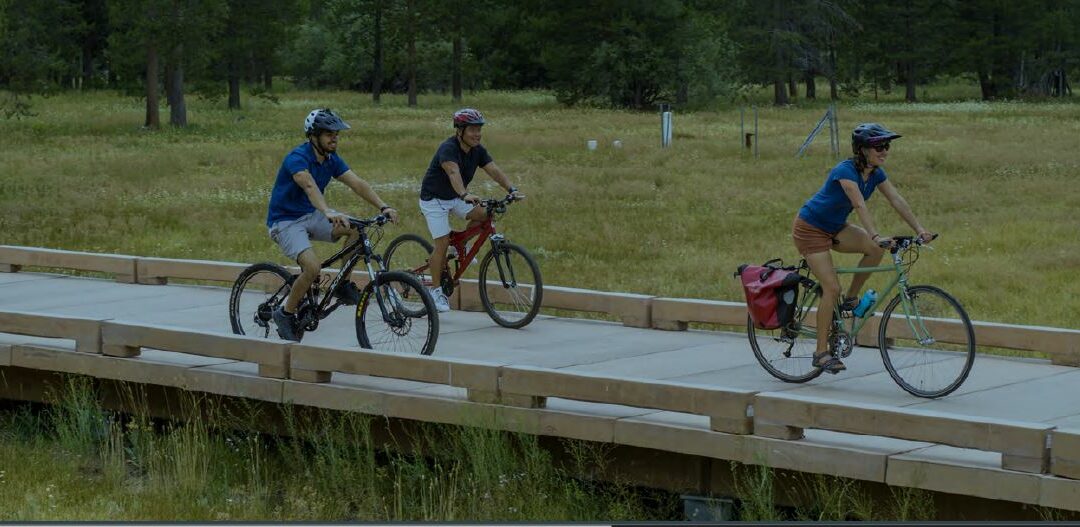
Final FY 2023/24 TMPO Overall Work Program Amendment No. 1
FY23/24 TMPO Overall Work Program Amendment No. 1 Final Draft

FY23/24 TMPO Overall Work Program Amendment No. 1 Final Draft
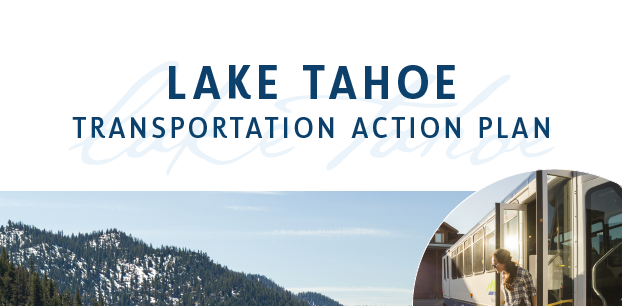
Lake Tahoe’s awe-inspiring environment has attracted visitors from across the globe for generations. Today, its proximity to major metropolitan areas in Northern California and Nevada make it a natural outdoor playground for the growing millions of people looking for unparalleled summer and winter recreation opportunities.
The Lake Tahoe Transportation Action Plan represents the region’s approach to funding and implementing the projects needed to create a world-class transportation system at Tahoe.
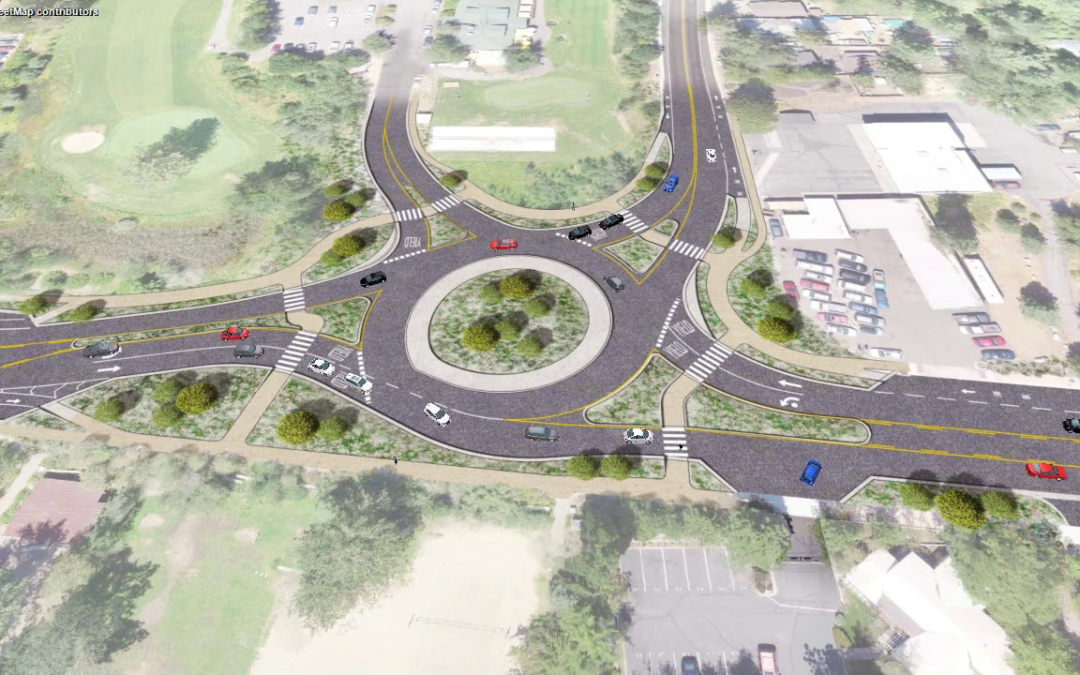
The Infrastructure Investment and Jobs Act (IIJA), also referred to as the Bipartisan Infrastructure Law (BIL), was signed into law on November 15, 2021. The $1.2 trillion IIJA reauthorizes the nation’s surface transportation and drinking water and wastewater legislation, and includes an additional $550 billion in funding for new programs in transportation, energy transmission, resilience, broadband, and others, approximately half of which goes to the U.S. Department of Transportation over the next five years.
The bill focuses on making investments that will address equity, sustainability, resilience, climate change, safety, and asset condition. IIJA expands eligibility and changes some policy requirements in legacy programs, and establishes several new formula-funded and discretionary programs. Click here to learn more.
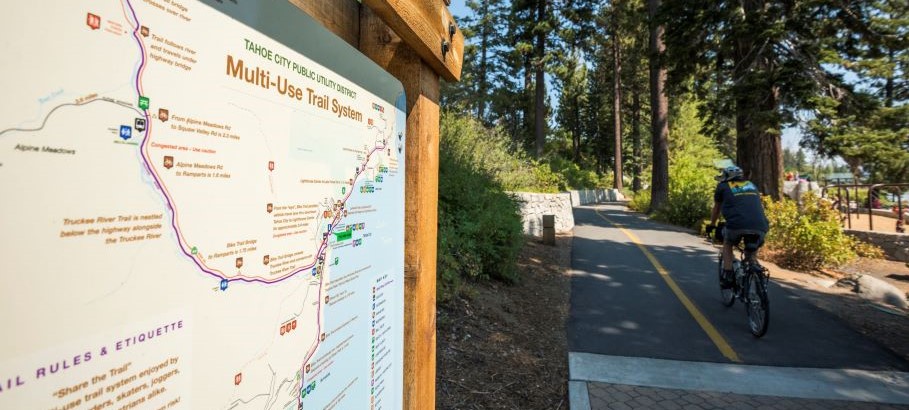
Lake Tahoe, CA/NV – The Tahoe Regional Planning Agency (TRPA) has awarded funding to seven critical transportation projects across the Tahoe Region that will reduce congestion, expand regional trails, provide free transit, support sustainable recreation and tourism, improve lake clarity, and create climate resiliency, the agency announced today.
As Lake Tahoe’s federally designated Metropolitan Planning Organization, TRPA is responsible for managing federal and state transportation grant funds through the Linking Tahoe Regional Grant Program. The competitive grants help fund and implement Lake Tahoe projects that create additional transportation options, improve safety, and provide social and environmental benefits.
TRPA received 15 applications and awarded $11 million over a three-year period.
The 2021 Regional Grant Program is recommending funding for seven projects: two complete streets projects, two active transportation projects, one corridor plan, vehicle purchase, and commitment to free to the user transit.
Pioneer Trail Pedestrian Improvement Project Phase II – $2,484,000
Extend sidewalks, bike lanes, and transit stops on Pioneer Trail from Larch Avenue to Ski Run Boulevard in South Lake Tahoe. The project will reduce vehicle trips and help residents safely connect to work and school.
SR 28 Central Corridor Improvements – Sand Harbor Nevada State Park to Incline Village- Parking and Safety Improvements – $3,725,000
Help construct new parking and trail extensions to better manage congestion, parking, and recreation access along Tahoe’s East Shore. The project will help to better manage visitation at Sand Harbor State Park and improve lake clarity and safety along state Route 28.
South Tahoe Greenway – Upper Truckee Bridge at Johnson Meadow – $500,000
Planning phase for a bridge replacement connecting Sierra Tract to the “Y” on the recently-purchased Johnson Meadow. The project will connect the neighborhood to shops and services via an additional 1.2 miles of Class 1, shared-use path and will replace a washed-out bridge with a new bike and pedestrian bridge over the Upper Truckee River.
North Tahoe Regional Bike Trail – $300,000
Construction planning for the North Shore Tahoe Trail connecting Dollar Point to Tahoe Vista, providing safe bicycle and pedestrian access between North Shore communities.
SR 89 Fanny Bridge Community Revitalization Project – $3,000,000
For implementation of the final phase of the State Route 89 Fanny Bridge replacement and roundabouts in Tahoe City. The final phase will improve access to Tahoe City, replace aging infrastructure, and improve safety.
El Dorado County Vacuum/Rodder Truck – $169,000
For El Dorado County’s replacement of a specialized truck that is the primary equipment used to clean and maintain water quality systems and infrastructure needed to capture and filter stormwater and hazardous runoff. The truck will be utilized in post-Caldor Fire recovery.
South Shore Free Transit – $1,000,000
This will extend fare-free transit for Tahoe Transportation District buses operating in El Dorado County and the City of South Lake Tahoe that began during the COVID-19 pandemic. Free-to-the-user transit provides equitable access to transportation, increases use of transit, and reduces vehicle congestion and emissions.
Projects funded through the Linking Tahoe Regional Grant Program advance implementation of the 2020 Lake Tahoe Regional Transportation Plan. Selected projects will be completed or conducted over the next three years.
The Tahoe Regional Planning Agency leads the cooperative effort to preserve, restore, and enhance the unique natural and human environment of the Lake Tahoe Region, while improving local communities, and people’s interactions with our irreplaceable environment. For additional information, contact Jeff Cowen, Public Information Officer, at (775) 589-5278 or jcowen@trpa.gov
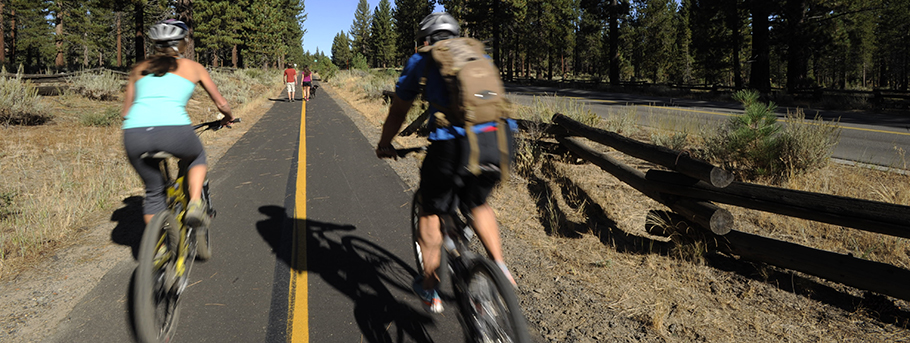
Lake Tahoe, CA/NV – The Tahoe Regional Planning Agency (TRPA) Governing Board Wednesday unanimously approved a new transportation plan and policies that will do more to reduce reliance on the automobile and get projects on the ground than any previous plan, the agency said today.
The Regional Transportation Plan has been broadly supported by Lake Tahoe transportation organizations and developed with input from more than 8,500 people through an inclusive information gathering process with some elements provided in English and in Spanish. A concurrent approval by the TRPA board today updated air quality standards for the Tahoe Basin to measure Vehicle Miles Traveled (VMT) per capita, which will improve how development standards are used to mitigate traffic impacts and further reduce reliance on the automobile.
“This new plan and policies are a blueprint for a 21st century transportation system for Lake Tahoe,” TRPA Executive Director Joanne S. Marchetta said. “For the first time, we are aligning land use and science with specific projects and funding to achieve what everyone wants: an interconnected transportation system that achieves climate change strategies, reduces congestion, and better serves residents and visitors.”
Reducing reliance on the automobile has been a fundamental goal since TRPA was created more than 50 years ago, according to the agency. Through the Lake Tahoe Environmental Improvement Program, many collaborative transportation projects have been completed. The Regional Transportation Plan will systematically connect projects while emphasizing improved transit service and parking management in high visitation areas. The new plan will also implement the climate action policies and greenhouse gas emission reduction goals of both states and local governments.
Elements of the new transportation plan include:
Next steps for the transportation plan are to identify a range of regional revenue options with assistance from a Bi-State Consultation on Transportation and to re-assess regional development mitigation options to achieve the new per-capita VMT threshold standard.
The plan can be viewed at www.trpa.gov/rtp.
The Tahoe Regional Planning Agency leads the cooperative effort to preserve, restore, and enhance the unique natural and human environment of the Lake Tahoe Region, while improving local communities, and people’s interactions with our irreplaceable environment. For additional information, contact Jeff Cowen, Public Information Officer, at (775) 589-5278 or jcowen@trpa.org.
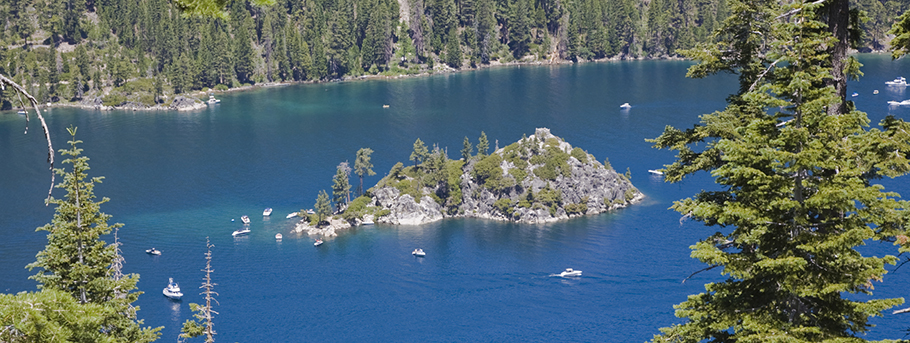
Lake Tahoe, Calif./Nev. – Agencies unveiled a plan last week to address congestion and improve the recreation experience along the Emerald Bay corridor on the south shore, according to the Tahoe Regional Planning Agency (TRPA).
The USDA Forest Service Lake Tahoe Basin Management Unit, Tahoe Transportation District, and TRPA invite public comment on the draft State Route 89 Recreation Corridor Management Plan through September. The plan is the result of more than two years of planning with over 15 project partners, hundreds of stakeholders, and thousands of public comments, according to the agencies.
The targeted corridor along California State Route 89 is a two-lane mountain highway that provides access to many of Lake Tahoe’s most popular recreation areas and to residential neighborhoods. The route is crowned by Emerald Bay, a National Natural Landmark and one of Lake Tahoe’s most popular and photographed locations. The corridor is lined by nearly 12 miles of undeveloped shoreline, beach access to popular recreation sites, and trailheads to popular mountain side attractions.
The popularity of the 89 corridor comes with traffic and travel issues that have been under study by Lake Tahoe agencies. The plan calls for frequent transit service to popular sites like Emerald Bay, parking management, public facility enhancements, and other infrastructure improvements. The draft State Route 89 Corridor Plan is currently available at www.trpa.gov/SR-89. In addition to previous stakeholder and public input opportunities, public webinars have been scheduled in the coming months.
Public Webinars
###
The Tahoe Regional Planning Agency leads the cooperative effort to preserve, restore, and enhance the unique natural and human environment of the Lake Tahoe Region, while improving local communities, and people’s interactions with our irreplaceable environment. For additional information, contact Devin Middlebrook, Sustainability Program Manager, at (775) 589-5230 or dmiddlebrook@trpa.gov.
The mission of the U.S. Forest Service, part of the U.S. Department of Agriculture, is to sustain the health, diversity and productivity of the nation’s forests and grasslands to meet the needs of present and future generations. The agency manages 193 million acres of public land, provides assistance to state and private landowners, and maintains the largest forestry research organization in the world. Public lands the Forest Service manages contribute more than $13 billion to the economy each year through visitor spending alone. Those same lands provide 20 percent of the nation’s clean water supply, a value estimated at $7.2 billion per year. The agency has either a direct or indirect role in stewardship of about 80 percent of the 850 million forested acres within the U.S., of which 100 million acres are urban forests where most Americans live.
USDA is an equal opportunity provider, employer, and lender.
The Tahoe Transportation District (TTD) is a bi-state agency responsible for the management and implementation of safe, environmentally sound, multi-modal transportation projects and programs in the Lake Tahoe Region, including transit operations. TTD leads multi-jurisdictional infrastructure projects to make travel safer, improve access to recreation, and reduce traffic congestion and private car use. TTD focuses on transit’s pivotal role in improving air and water quality because more than 70 percent of the pollutants impacting Lake Tahoe’s clarity come from transportation system and built environment run-off. TTD has delivered numerous projects to help reduce environmental impacts and address the high demand residents and visitors place on the region’s transportation infrastructure, including transit solutions, roadway and safety enhancements, water quality improvements, and pedestrian/cyclist paths. For more information, please visit TahoeTransportation.org.